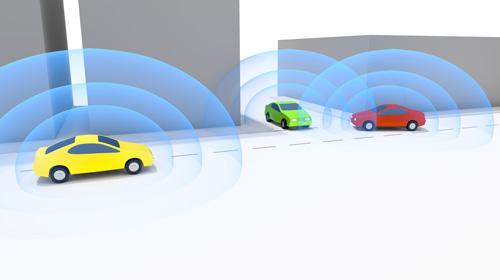
The motor industry has been struggling to develop autonomous cars for nearly a century, but recent progress means it could be a $35 billion market by 2025, according to new research.
The potential for mass-market adoption of autonomous and semi-autonomous vehicles will create huge demand for finance throughout the supply chain, from production and development to business and consumer purchasing.
A new infographic called ‘The growth of the autonomous car market’ has charted the century-long struggle to develop the technology and its potential introduction within a decade.
It argues that the involvement of technology companies such as Google will be instrumental in the successful mass-market introduction of self-driving cars.
It highlights a study by BCG which reveals that by 2035 the annual global sale of fully-autonomous vehicles could be more than 12 million units, with an additional 18 million partially autonomous vehicles.
It argues that by 2035, autonomous vehicles might account for a quarter of the new car market.
Car manufacturers have recognised the potential for change and have issued thousands of patents for autonomous driving technology, with launches by major brands expected to start as early as 2017.
This year, Ford is expected to carry out autonomous vehicle trials from hubs in the UK and Germany as part of its strategy to launch a self-driving car in the taxi market by 2021.
It has already carried out tests in California, but European trials will focus on key differences and challenges, including traffic signs, road layouts and the high proportion of cyclists in some cities.
The development will take cars beyond offering driver assistance features, such as cruise control, and introduce new technology that allows automatic lane-keeping, automatic braking and acceleration, self-parking and even the potential for an owner to remotely call the car to their location.
However, the development of the new technology has its challenges, particularly from a safety and legislative perspective.
Although incidents are rare, legislators have raised concerns about crashes, including fatal incidents involving Teslas. The manufacturer’s electric vehicles have pioneered the introduction of self-driving technology, with the car able to steer itself and monitor its surroundings.
Tesla insists the technology is a driving aid, rather than an autonomous driving feature, which means the driver must be ready to take control at all times.
However, it also argues that the technology is advanced enough to identify and prevent crashes, before the driver is even aware of danger ahead, meaning full autonomous driving is within reach.
Legislators are also struggling to adapt laws to allow the use of autonomous cars, particularly in relation to insurance liability in the event of a crash.
Dan Dixon, communications manager for vehicle parts distributor Universal Components, whose retail divison Get Off Road compiled the infographic, said: “The sheer growth and development of autonomous vehicles and the market itself has been a fascination of ours for a while, which is why we decided to delve deeper into a world that stretches back more than 80 years.
“The challenges in engineering and testing such vehicles is of particular interest to us and it is an exciting time for enthusiasts and everybody involved in the industry.”







